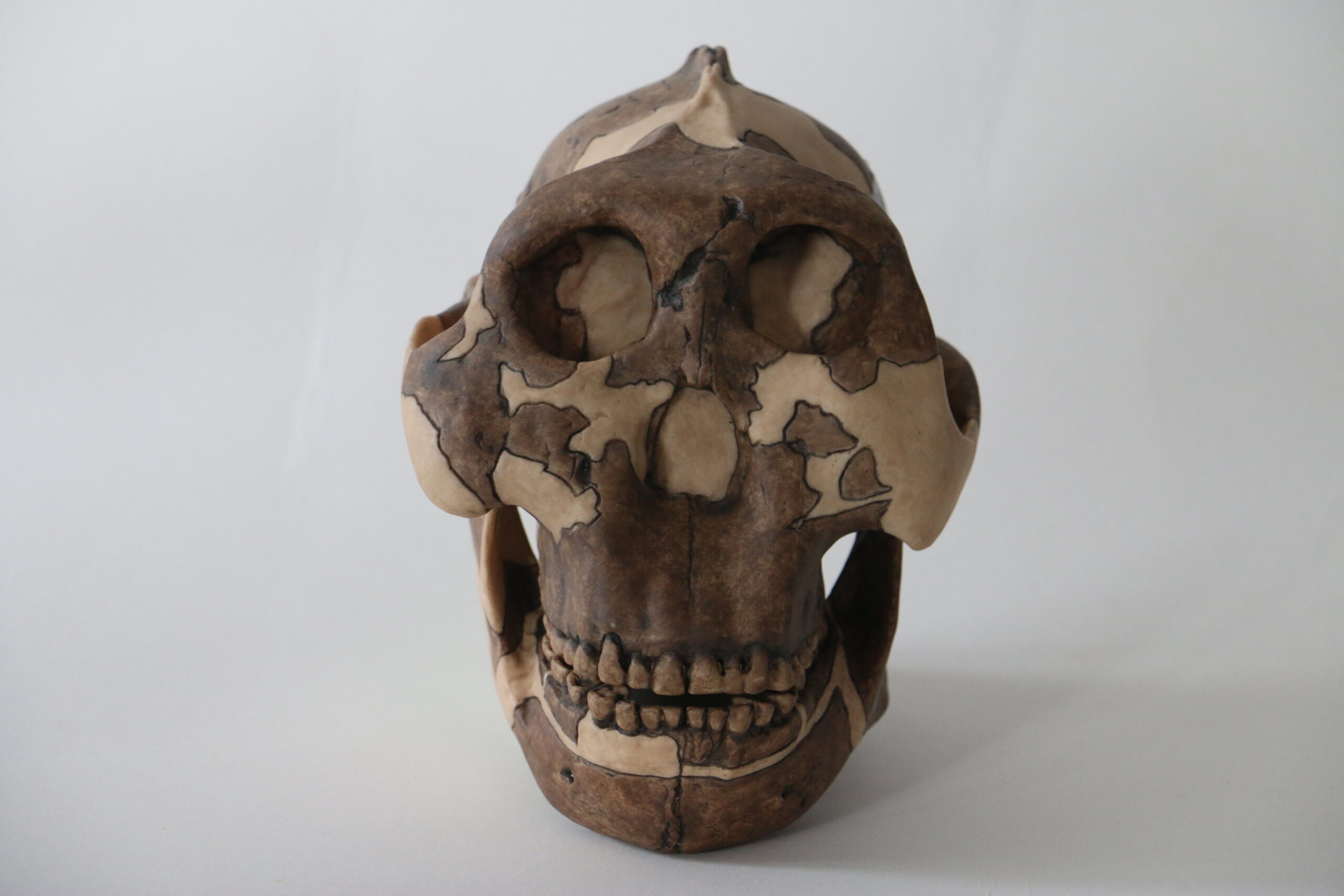The story of herpes simplex viruses (HSV) in human evolution is a tale of genetic adaptation, chance encounters, and the intricate dance of pathogens crossing species barriers. HSV1, known for causing cold sores, has been a companion to humans for ages. In contrast, HSV2, responsible for genital herpes, has a more mysterious past, one intertwined with our ancient ancestors and their interactions with African apes.
Modern humans, Homo sapiens, are fortunate in one respect: HSV2 did not accompany us when our lineage diverged from chimpanzee precursors approximately 7 million years ago. However, the path of HSV2’s transmission back into our bloodline begins around 3 to 1.4 million years ago, during a time of significant evolutionary changes among hominins.
A groundbreaking study published in Virus Evolution sheds light on this transmission event, proposing a compelling narrative involving Parathropus boisei, an intriguing bipedal hominin of the past. Researchers from Cambridge and Oxford Brookes universities, led by virologist Dr. Charlotte Houldcroft, present a hypothesis that P. boisei contracted HSV2 from ancestral chimpanzees through scavenging practices, particularly consuming infected meat at the interface of savannah and forest.
The theory suggests that hominins harboring HSV1 were initially protected from HSV2 due to both viruses occupying the oral cavity. However, as HSV2 adapted to a new mucosal niche, specifically the genitals, it found a pathway into our ancestors’ bloodline. The close proximity between P. boisei and Homo erectus, especially around water sources like Lake Turkana in Kenya, facilitated the transmission of HSV2, either through consumption of infected tissues or intimate contact.
Dr. Houldcroft and her team’s interdisciplinary approach, combining virology, paleontology, and Bayesian network modeling, allowed them to piece together this transmission event. Collaborating with Dr. Krishna Kumar, an engineer specializing in predictive modeling, and Dr. Simon Underdown, a human evolution researcher, they synthesized data from fossil records, herpes DNA, and ancient African climates to create transmission probabilities for various hominin species.
The study’s findings point to P. boisei as the prime candidate for bridging the gap between ancestral chimpanzees and our early human ancestors, particularly Homo erectus. This heavyset hominin, with its robust physique and likely scavenging habits, provided the ideal environment for HSV2 transmission.
The research also highlights the role of climate fluctuations in shaping ancient interactions. Changes in forests and water sources influenced the spatial dynamics of hominin species, determining which ones were most likely to come into contact with ancestral chimpanzees and, subsequently, contract HSV2.
The application of Bayesian network modeling, typically used in infrastructure planning, to the field of ancient diseases opens new avenues for unraveling transmission mysteries. This methodology, as demonstrated by Dr. Houldcroft’s team, can potentially shed light on other ancient pathogens’ journeys, such as human pubic lice, which found their way to our ancestors through an intermediary hominin from ancestral gorillas over 3 million years ago.
Source: University of Cambridge
